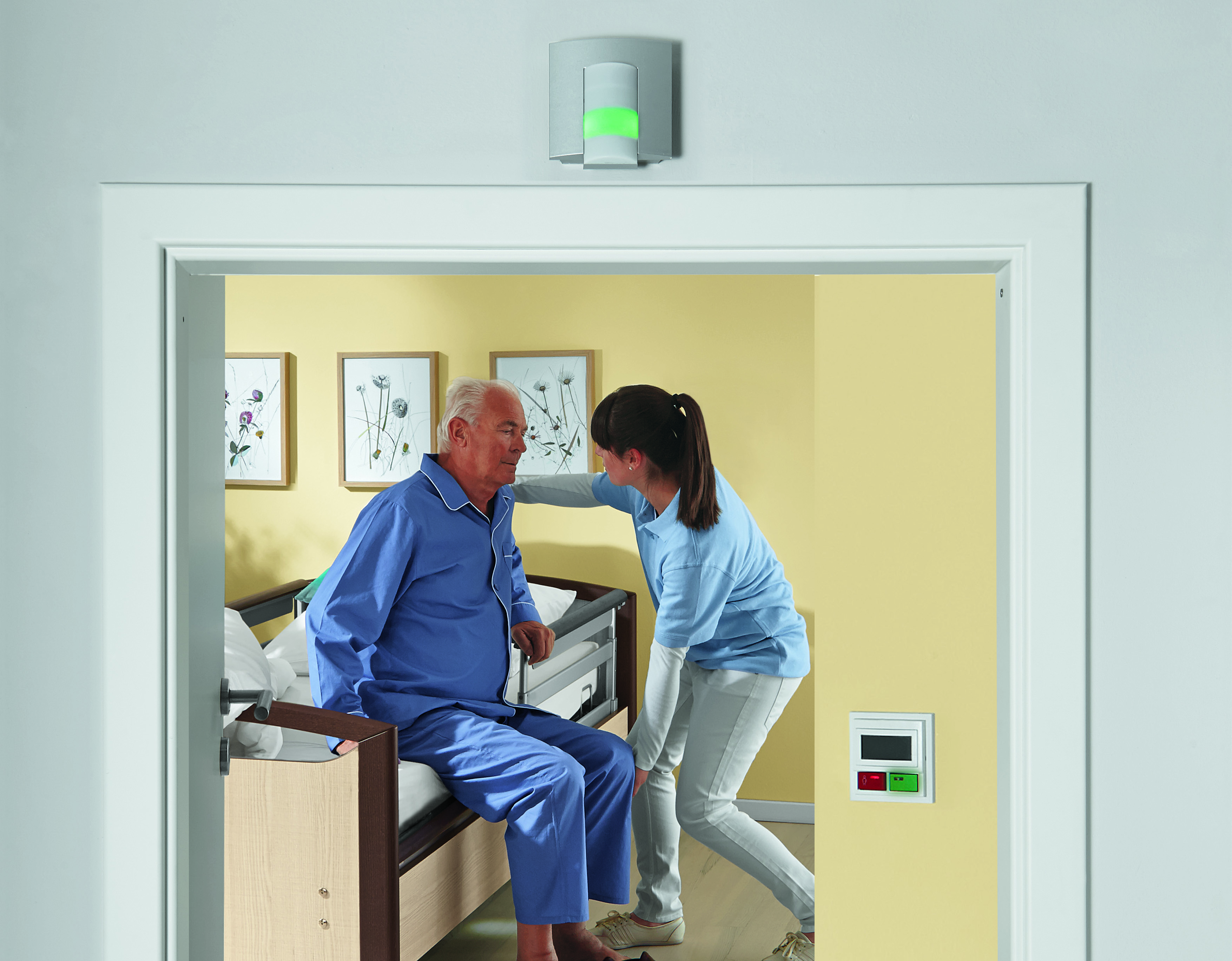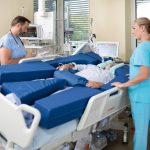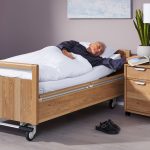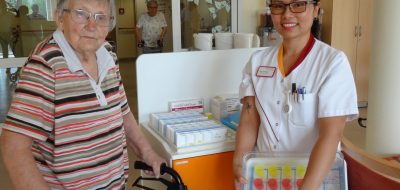The new evaluation system of the nursing-TÜV for nursing facilities has raised the bar considerably
More meaningful home evaluations are the goal of the evaluation system for nursing facilities introduced at the end of 2019. Auditors of the nursing-TÜV are now looking more closely at maintaining mobility and independence in everyday life. For example, facilities that take measures to avoid serious falls and provide support in emergencies are rated positively.
Put an end to top marks: in the future, there will be more expressiveness
To this end, institutions must from now on provide information on quality assurance every six months. In addition, there is a quality control of the Medical Service of the Health Insurance (MDK). The aim of the nursing-TÜV is to inspect all homes at least once by the end of 2020. The results will be published on the websites of the health and nursing care insurance funds and posted at the facilities.
Olaf Christen, consultant for nursing care at the VdK Germany social association about the „indicator-based evaluation system“: „It is much more differentiated and provides much more information than the old nursing-TÜV. We have been able to include some aspects from the point of view of people in need of nursing care and their relatives. People in need of nursing care and their relatives have a right to comprehensible, clear and comparable information about the quality and structure of the nursing facilities and about the costs, particularly in relation to the contributions they have to make themselves“.
Modern care beds support mobility and care requirements
A suitable nursing bed helps the senior citizen to be mobile and to support his or her individual abilities. Side guards at the edge of the bed can be used as armrests or supports so that the resident can stand up by himself. Intuitively usable stand-up aids support self-mobilization and preset bed positions make operation even easier for nursing staff and senior citizens. Falls are also to be better avoided in future – an important criterion in the updated nursing-TÜV. Low nursing beds are a helpful means of preventing injuries and falls. With a minimum height of 25 to 27 cm, serious injuries are significantly reduced. The bed can nevertheless be adjusted to an ergonomic height for nursing staff. Under-bed lighting at the bed makes night-time toilet visits safer and a sensor system alerts nursing staff when the patient gets out of bed (bed edge call). Modern healthcare beds can not only prevent falls and thus minimise measures that deprive patients of their freedom, they also help with weight monitoring and decubitus prohylaxis.



